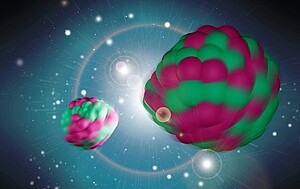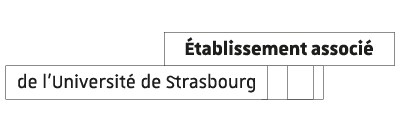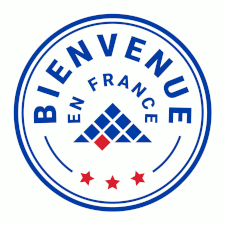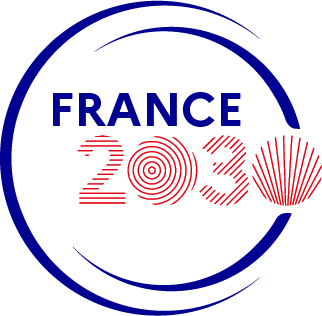In an article published in Nature, scientists have partly resolved the mystery that has prevailed for over 40 years: where is the energy that causes the atomic nuclei to spin once they have split during the fission process derived from? Sandrine Courtin, Head of the Subatomic Physics Department of the Hubert Curien Pluridisciplinary Institute (IPHC), explains.
Sandrine Courtin is studying the fusion between two stellar energy carbon nuclei as part of an IdEx project, made possible by the STELLA measurement station at the University of Paris-Sud. She is a specialist of reaction mechanisms and nuclear structure and has been taken on board by her Parisian colleagues to work on a new experiment on fission, this time with two IPHC colleagues.
The most common reaction mechanisms in nuclear physics are fusion and fission. During the latter, the nucleus splits and the resulting fragments emerge rotating on themselves. And this happens even if the original nucleus had no initial rotation movement to begin with
, says Courtin, who has joined the nu-Ball international nuclear physics collaboration – consisting of 37 institutes and 16 countries - for this study. The study is led by Jonathan Wilson, from the Laboratory of Physics of the two infinities Irène Joliot-Curie (IJCLab). The whole question is to find out why the nucleus produced by fission rotates?
Understanding nuclei stability
To solve this mystery, different experiments are being carried out at the ALTO platform of IJCLab which consists of two accelerators that are unique in France: one is electrostatic and the other is an electron linear accelerator. The prevailing idea was that the last rotation mechanism was generated before the fission
, Sandrine Courtin adds. With our nu-Ball collaboration, we were able to assess that the rotation emerged after the nucleus split. It would therefore come from the behaviour of the nucleons – neutrons and protons – at the point where the nucleus splits
.
This fundamental description of the fission process is surprising. “Fission mechanisms are used and studied a great deal; understanding how the nuclei split can, in reverse, enable us to understand the stability of the nuclei.” This study notably has practical applications in the domain of nuclear reactors.
Marion Riegert
-
See the publication in Nature. To find out more, also read the relevant articles on new perspectives on the mechanism of nuclear fission published in French by the CNRS and in English on the IJCLab site).

















